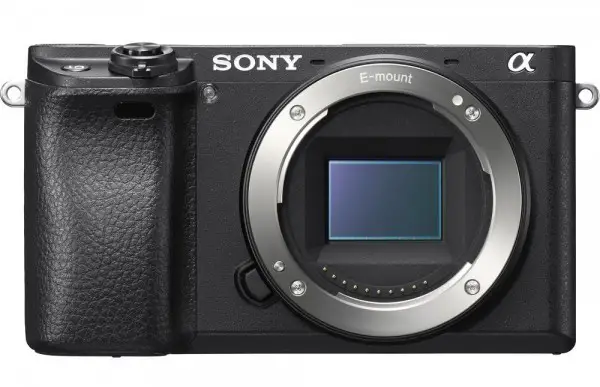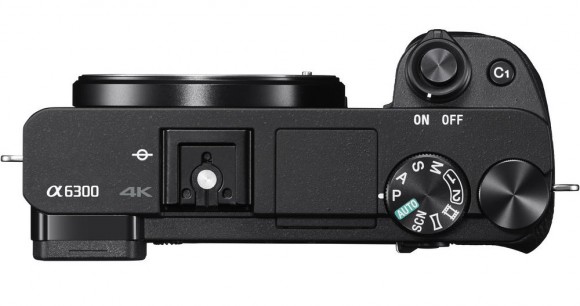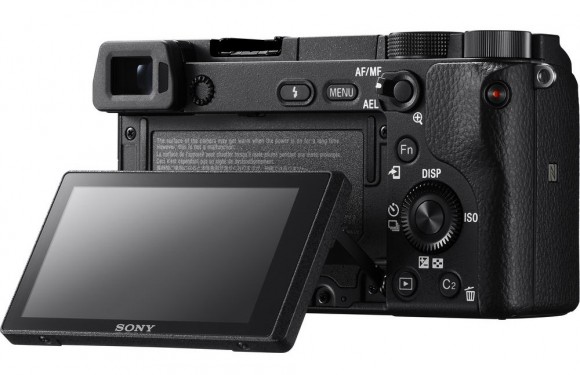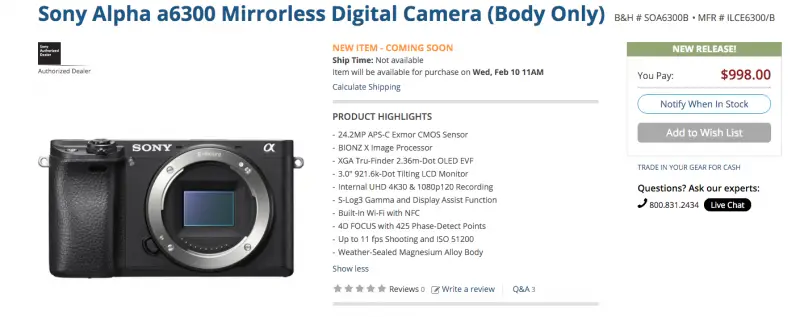Sony shows no signs of slowing down in releasing new cameras this year with yet another ground-breaking new E-mount 4K mirrorless camera. They just announced the new A6300 – a brad new APS-C 4K mirrorless camera, the successor to the popular Sony a6000. The new A6300 announcement comes hot off the press after months of heated rumours and speculation about what features it would have. The camera features a brand new 24.2 Megapixel APS-C Exmor CMOS sensor, internal 4K UHD (3840 x 2160) 24/25/30p recording in the well known Sony XAVC-S codec with a bit rate of 100Mb/s, and some insane AF performance in both stills and video! And the best part is the camera will start selling for $1,000 in March, with pre-orders starting next week.

Sony a6300 Highlights and Features
- 24.2MP APS-C Exmor CMOS Sensor
- BIONZ X Image Processor
- XGA Tru-Finder 2.36m-Dot OLED EVF
- 3.0″ 921.6k-Dot Tilting LCD Monitor
- Internal UHD 4K/24/25/30p
- XAVC-S up to 100Mb/s
- 1080p/120 Super Slow Motion
- S-Log3 Gamma and Display Assist Function
- Built-In Wi-Fi with NFC
- 4D FOCUS with 425 Phase-Detect Points
- Up to 11 fps Shooting and ISO 51,200
- Weather-Sealed Magnesium Alloy Body
Taking a closer look at the specs and PR text, you can see the good news with the 4K on-board recording in the a6300 is that it is a “full pixel readout” meaning – no pixel binning is utilised, which is known to cause moire/aliasing and all sorts of nastiness in other cameras. This process is very similar to that used in Sony’s higher-end A7s II and A7R II (Super 35 mode), and here it is aided by the fact that the sensor is smaller than 35mm full frame albeit at 24.2 megapixels.

A note on the megapixel count here is that it is 6000 x 4000, which is quite a bit more than that in the A7s and A7sII’s 12 megapixel sensor, meaning that the image in the a6300 is super-sampled from a 6K frame to arrive at a much cleaner 4K/UHD due to the Bayer pattern in the sensor.
When shooting in 4K, the camera uses full pixel readout without pixel binning to collect 20 megapixels of information – approximately 2.4x5 (6K equivalent) as many pixels as 4K UHD and then oversamples the information to produce high quality footage with exceptional detail and depth.
Another amazing feature in the a6300 is its AF performance – the new camera employs a freakishly fast Hybrid AF system with the staggering 425 Phase Detection AF points taking almost the entire field of view, enabling super fast AF performance that even works in video.
Fast Hybrid AF system that combines high-speed phase detection AF with extremely accurate contrast AF and allows it to capture and lock on to moving subjects in as little as 0.05 seconds1. The camera’s High-density Tracking AF technology positions 425 phase detection AF points over nearly the entire field of view, allowing it to accurately focus throughout a wide area – even on small, fast objects that other cameras would fail to recognize.
In addition to the extensive AF coverage, the α6300 debuts a new High-density tracking AF technology that significantly improves subject detection and tracking performance. This new technology can quickly activate a large number of AF points surrounding a subject – approximately 7.5 times more density than the α6000 – and intelligently adjust them in accordance with the subject’s motion.

The camera sports a very similar body design to the predecessor A6000 with an articulating LCD screen and a similar button placement. The 2.36m Dot OLED EVF is a nice touch and the MI shoe enables the use of the Sony K2M XLR ($498 at B&H) adapter, which provides a mic and XLR inputs as well.
The camera does not have the In-Body image stabilisation from the A7s II and also lacks a headphone jack making monitoring audio a bit difficult. However it does feature a 3.5mm mic input for those who prefer to use something like the Rode VideoMic Pro for example.
The A6300 also features S-Log3 and even Log Gamma Assist, present in the A7s II and Sony FS5. Of course, the presence of 1080p/120 is just the icing on the cake here, making the A6300 a phenomenal “bang-for-the-buck” 4K mirrorless camera at just a notch under $1,000.
[via SonyAlphaRumors/source: Sony]
Disclaimer: As an Amazon Associate partner and participant in B&H and Adorama Affiliate programmes, we earn a small comission from each purchase made through the affiliate links listed above at no additional cost to you.



Do you really think it’ll make for a much cleaner 4K/UHD due to the Bayer pattern in the sensor? The A7sii seems just as good as the A7rii which is doing a similar process to the a6300, no? Or is this Bayer pattern new to this sensor?